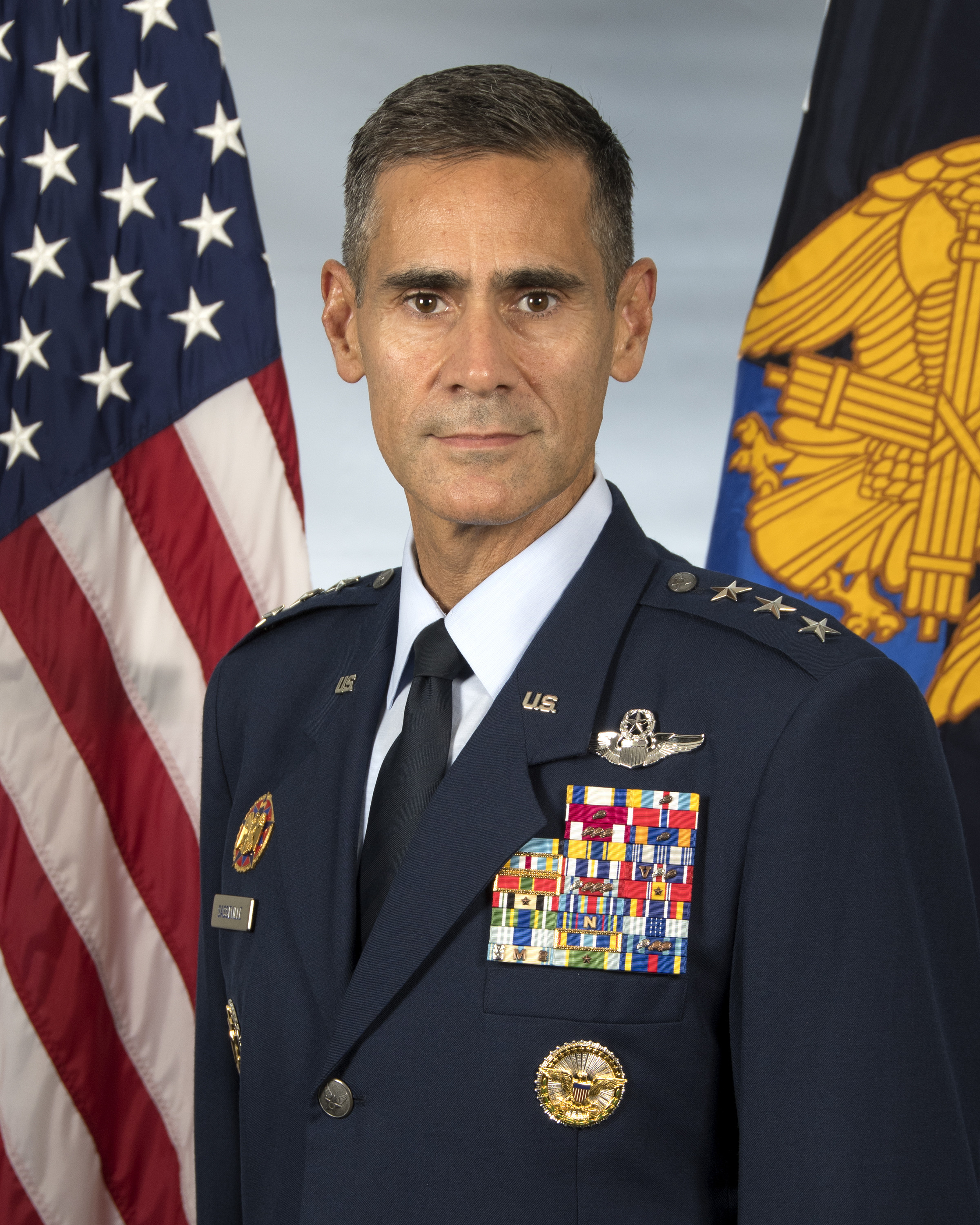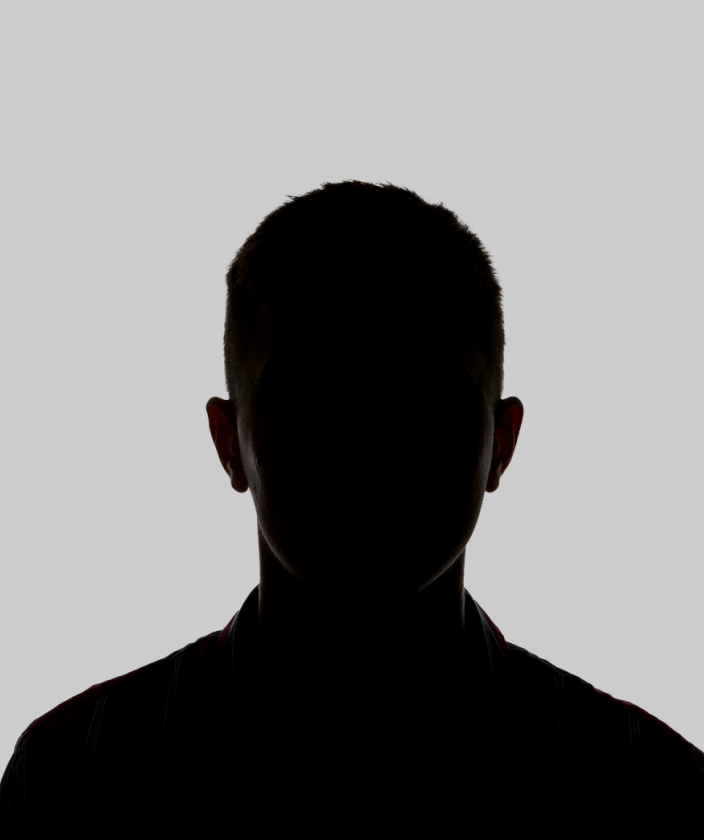The September 11 Attacks: A Fighter Pilot’s Response
On September 11, 2001, United Airlines Flight 93 was hijacked by four al-Qaeda operatives as part of the broader September 11 attacks. The hijackers breached the cockpit approximately 46 minutes after takeoff, overpowering the flight crew. Ziad Jarrah, a trained pilot, assumed control of the aircraft, redirecting it toward the east coast of the United States. The intended target was believed to be either the United States Capitol or the White House.
That morning, Major Daniel Caine, the supervisor of flying for the 113th Wing of the D.C. Air National Guard, received an urgent call indicating the Secret Service’s request for fighter jets to be launched over Washington, D.C. Lieutenant Colonel Marc Sasseville, a seasoned pilot, contacted Brigadier General David Wherley, commander of the 113th Wing, to seek authorization to deploy their “war-reserve missiles.”
Among the available pilots were Sasseville, Lieutenant Heather Penney, Captain Brandon Rasmussen, and Major Daniel Caine. These four were tasked with a dire mission: intercept and destroy United Airlines Flight 93 by any means necessary. However, the fighter jets were unarmed, carrying only dummy ammunition from a prior training exercise. Their only option was to ram the hijacked plane.
Sasseville and Penney flew their F-16s in tandem. The grim plan was clear: Sasseville would target the cockpit, and Penney would aim for the tail. Reflecting on the mission, Sasseville later remarked, “We don’t train to bring down airliners. If you just hit the engine, it could still glide and potentially hit a target.”
As the fighter jets flew over the Pentagon, still smoldering from the earlier attack, they remained unaware that their mission would ultimately prove unnecessary. Hours later, they learned that United Airlines Flight 93 had already crashed into a field near Shanksville, Pennsylvania. All 44 people aboard, including the four hijackers, perished. The 9/11 Commission later determined that Flight 93 had gone down at least 35 minutes before Sasseville and Penney’s jets took off. The hijacked plane likely would have reached Washington, D.C., about 15 minutes before their departure.
This mission, though never executed as planned, underscored the extraordinary bravery and resolve of those tasked with defending the nation on one of its darkest days.


